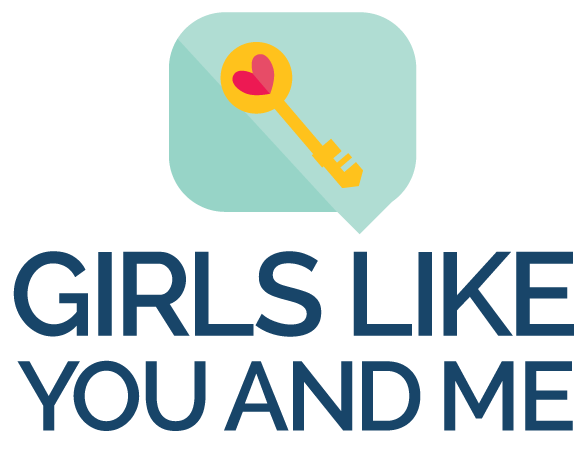Starting up a clothing company is, as you might imagine, an endeavor that has many steps and needs many hands. Merin Guthrie turned to women in her life to build the Kit team. Whether recruiting friends to work for her, or relying on friends for referrals, Merin tells us, "Everybody I work with came to me through someone, and they almost all came to me through women." More about her team below!
Merin at work in one of her own designs
I’m sort of a collector of people, and that sounds really weird, but when I’ve worked with cool people over the years, or known cool people, or just been friends with them, I’ve always put them on, like, a list in the back of my head, and said, “One day, they’re somebody that if I’m ever in the position where I’m able to, I’d want to work with them.”
I had a friend in DC who, right when I was starting Kit, she was working at the White House in their Office of Drug Policy, it’s the drug czar, and she’s a really creative person, I had known her in college.
Every time I got to see her, I thought, “Cameron’s a really cool person.” I said, “Hey, how about I pay you a little bit of money, and you use your creative side to help me tell the story of this company.” Cameron helped us with a lot of our storytelling and messaging, and when it came time to creating a visual brand for the company, I looked at how much it would cost to work with fancy-dancy branding agencies.
And I thought, “Well, that’s funny, because I don’t have any budget for that.” I had these cool notecards from our high school, and the woman who worked for the school told me, “Oh, well, these notecards are so cool, because Ming Thompson designed them for us.” I said, “I didn’t know that Ming designed graphic stuff. I thought she was an architect,”
The Kit logo, designed by Ming Thompson
I sent her an email in November of 2014, and I said, “Hey, Ming. I don’t know if you remember me. I am starting my own company, and I need to create a brand for it. I really love those note cards you designed, and they come really close to what I feel like I want my brand to be. It’s a really small project. Would you consider working on it?” And she emailed me back the next morning, and said, “Well, as it happens, my really close friend and I are both leaving our jobs in two weeks to start our own architecture and design agency.”
Our head of customer care, who is practically my co-founder and a hundred percent my partner-in-crime, and our detail and logistics person, we went to college together. She also doesn’t have a fashion background. She had about the best logistics background you could ever have, which is that she was an officer in the US Army, and was deployed, and then worked for the National Defense University. Then she worked for the US Olympic Committee. Her husband was in the Special Forces, and she couldn’t work full-time, because he would deploy, and she had this newborn baby. I thought, “Man, Nathalie is the most competent, under-utilized person I know. How can I get her on my team?” And started that conversation with her way back when. I said, “I don’t really have a budget for this, but I can give you a little bit of equity in the company.” She’s my right-hand woman.
Everybody I work with came to me through someone, and they almost all came to me through women. I found the seamstresses at the organization where my childhood friend Dana volunteered. She was like, “My Asian-American philanthropy group does a lot of projects at this organization that works with recently-resettled refugees, and they’ve got a tailoring workshop.” If I have learned anything from building this company, it’s that the best way to build something is to build it through people, to really talk about what you’re doing, to share your vision with people, because they might just say, “Actually, you should talk to this girl that I met when I was picking up a set of Craigslist cabinets, because she’s a really cool graphic designer.” That’s actually how I met our graphic designer.
